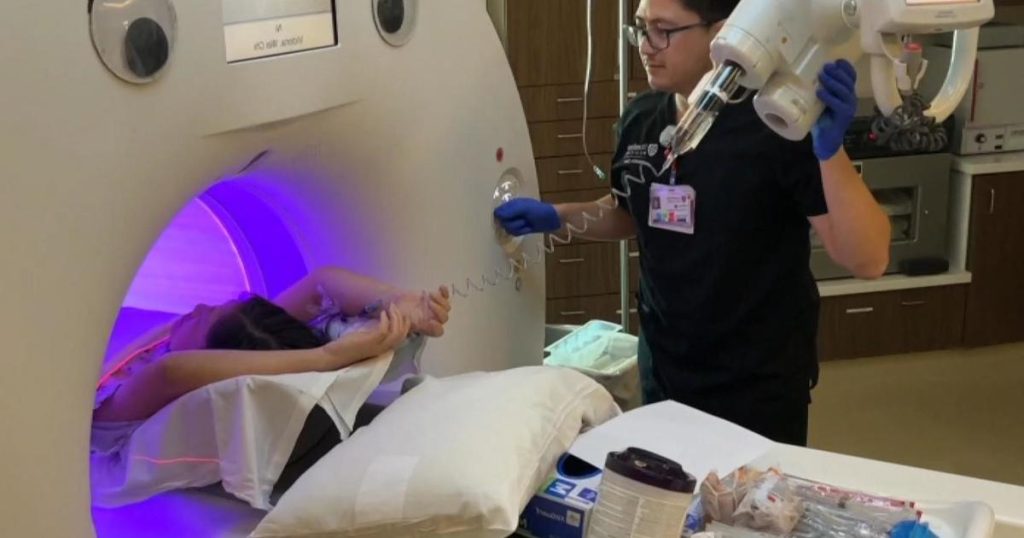Lung cancer rates have been decreasing for several years, but it remains the most fatal form of cancer. The number of deaths from lung cancer surpasses those from colon, breast, and prostate cancers combined. Surprisingly, researchers have observed a concerning increase in lung cancer diagnoses among nonsmoking Asian American women. This trend has raised red flags and prompted further investigation. Elizabeth Cook delves into this topic in a segment for “Eye on America” on CBS News.
The surge in lung cancer cases among nonsmoking Asian American women is a cause for concern. Despite the overall decline in lung cancer rates, this demographic is experiencing a disproportionate increase in diagnoses. This alarming trend has raised questions about the factors contributing to the rise in lung cancer cases among this population. Researchers are working to understand the underlying causes and potential risk factors that may be driving this troubling development.
One possible explanation for the rising rates of lung cancer among nonsmoking Asian American women is exposure to environmental carcinogens. Pollutants in the air, such as secondhand smoke and industrial emissions, can pose a significant health risk to individuals who are constantly exposed to them. This exposure may increase the likelihood of developing lung cancer, even in nonsmokers. Identifying and addressing these environmental risk factors is essential in reducing the incidence of lung cancer among this vulnerable population.
In addition to environmental factors, genetic predisposition may also play a role in the increased rates of lung cancer among nonsmoking Asian American women. Genetic mutations and variations in DNA can influence an individual’s susceptibility to developing cancer. These genetic factors, combined with environmental exposures, can contribute to the development of lung cancer in nonsmokers. Understanding the interplay between genetics and environmental influences is crucial in devising effective prevention and treatment strategies for this at-risk group.
Healthcare providers and public health officials must be vigilant in addressing the rising rates of lung cancer among nonsmoking Asian American women. Early detection and intervention are key in improving outcomes for individuals diagnosed with lung cancer. Screening programs, educational campaigns, and targeted interventions can help identify at-risk individuals and provide them with the necessary support and resources to prevent and manage lung cancer effectively. By raising awareness and implementing preventive measures, we can work towards reducing the burden of lung cancer in this vulnerable population.
The increasing incidence of lung cancer among nonsmoking Asian American women is a concerning public health issue that demands immediate attention. By understanding the contributing factors and implementing comprehensive prevention and intervention strategies, we can work towards reducing the impact of lung cancer on this demographic. Through collaborative efforts between researchers, healthcare providers, and policymakers, we can make significant strides in combating lung cancer and improving the overall health and well-being of nonsmoking Asian American women. It is essential to prioritize this issue and allocate resources towards addressing the unique challenges faced by this at-risk population to reduce the burden of lung cancer and improve outcomes for those affected.


